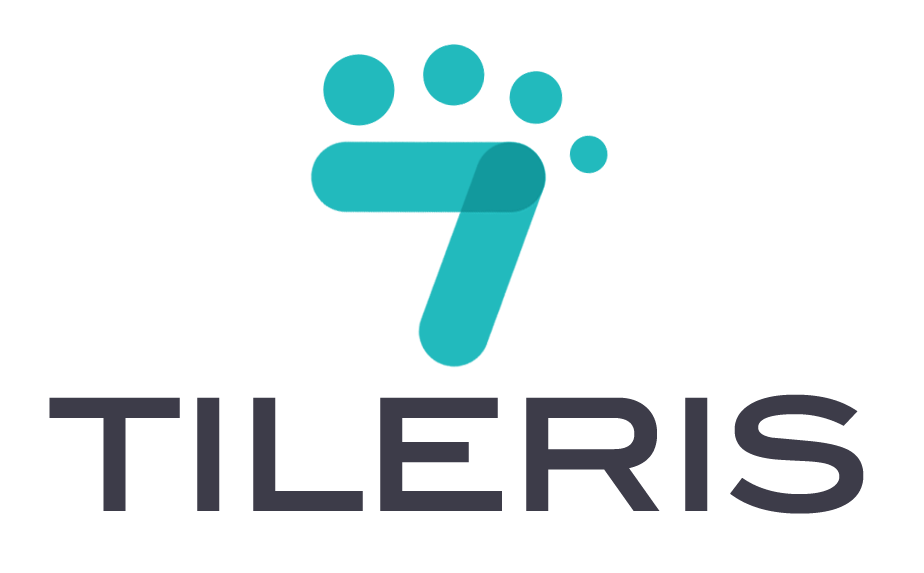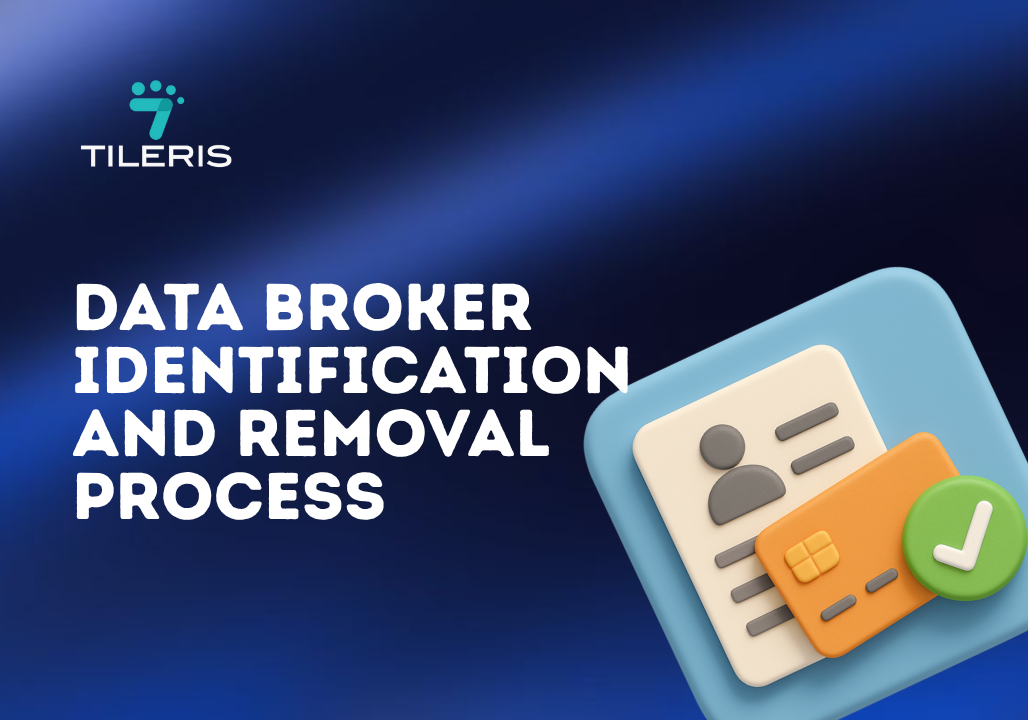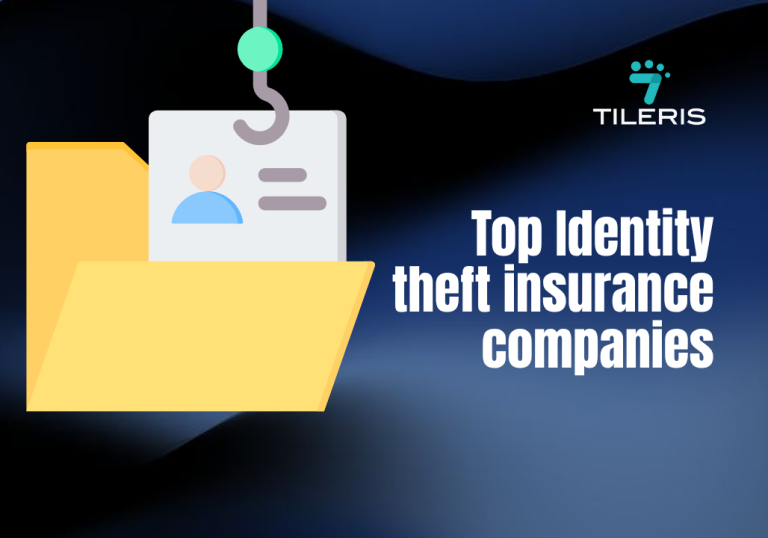Data Broker Identification And Removal Process
Introduction
Have you ever wondered how that seemingly random ad for a product you just discussed with a friend appeared on your screen? Or perhaps you’ve received unsolicited mail, brimming with details about your life, that felt a little too personal? If so, you’ve likely encountered the invisible hand of a data broker.
These entities, often operating silently in the background, collect, analyze, and sell your personal information, forming comprehensive profiles of who you are, what you do, and even what you might do next.
The thought of someone knowing so much about us, without our explicit consent or even our awareness, can be unsettling.
It feels like a violation of privacy. But you’re not powerless in this scenario. You can fight back, and this article will guide you through the process of identifying your online footprint, analyzing what’s out there, and systematically working to remove your information from the clutches of data brokers. It’s a journey towards reclaiming a piece of your digital self, and it starts now.
Understanding the Role of Data Brokers
Let’s begin by demystifying the data broker. Imagine them as digital librarians, but instead of books, they collect snippets of your life from countless sources. They scour public records, things like birth certificates, marriage licenses, property deeds, and even voter registrations.
They pull information from social media, public forums, and even commercial transactions. Every time you sign up for a loyalty card, enter a contest, or download a new app, there’s a chance your data is being siphoned off and added to their vast repositories.
They combine disparate pieces of information to build incredibly detailed profiles, often containing thousands of data points about a single individual. Your age, income, marital status, health conditions, political affiliations, shopping habits, hobbies, and even your predicted future behavior, it can all be there.
This isn’t some fringe activity. The data broker industry is a colossal enterprise. The data brokerage market is projected to reach nearly US$616.541 billion in 2030 alone. This staggering figure illustrates just how pervasive and profitable this trade in personal information has become.
It’s a business model built on the premise that your data, often collected without your full understanding or explicit consent, is a valuable asset.
And what do they do with these profiles? They sell them to marketers for targeted advertising, to background check companies for employment screening, to financial institutions for fraud detection, and even to government agencies.
While some uses might seem benign, the sheer volume and granularity of data raise serious privacy concerns. For instance, consider how your health data, perhaps inferred from online searches or fitness tracker information, could subtly influence your insurance premiums. Or how your perceived financial habits, gleaned from your purchasing history, might affect your eligibility for a loan.
The potential for misuse, or simply for unwanted intrusion, is significant. This is why understanding the role of a data broker is the first, crucial step in protecting yourself.
Your Digital Footprint: The Unseen Trail of Data
So, how do you even begin to identify this digital footprint, this mosaic of information that data brokers have assembled about you? It often feels like looking for ghosts in a vast, interconnected machine. But it’s not impossible, and it starts with a little detective work on your own behalf.
Think about all the places you’ve interacted online and offline where you’ve shared personal details. Your name, address, phone number, email address, these are the foundational pieces of your online identity that are constantly being swept up. Start with the basics:
Google yourself
It sounds simple, almost too simple, but it’s remarkably effective. Search your full name, including any maiden names or aliases. Try searching your phone number and email address too. You might be surprised by what pops up, old forum posts, forgotten directories, or even direct links to data broker sites that have already published your information.
Explore people-finder sites
These are the public faces of many data brokers. Websites like WhitePages, TruePeopleSearch, Spokeo, MyLife, BeenVerified, Intelius, and Radaris are prime examples. Many people discover their data is exposed when a curious friend or relative finds them listed on one of these sites, complete with addresses, phone numbers, and family connections. It can be quite jarring.
Review your social media and app permissions
Every app you download and every social media platform you join often comes with extensive terms of service that many of us simply click “agree” to without a second thought. Buried within these agreements can be permissions that allow your data to be shared with third parties, including data brokers.
Go into your settings on platforms like Facebook, Instagram, and even your smartphone, and carefully review what data you’re sharing and with whom. You might be shocked to discover how much access you’ve unknowingly granted.
Consider past interactions
Did you ever fill out an online survey for a discount? Enter a raffle at a local fair? Sign up for a newsletter you barely read? Each of these seemingly innocuous actions can be a conduit for your information to flow into the hands of a data broker.
Smart Analysis: What Data Matters Most?
Once you start uncovering listings and profiles on various platforms, the next logical step is to analyze what you’ve found. Not all data is the same in terms of its potential impact. This analysis helps you prioritize your removal efforts, focusing your energy where it matters most for your security and peace of mind. Take a critical look at each piece of information. Ask yourself:
- Is it accurate? Sometimes, the data collected by a data broker might be outdated or simply incorrect. While it’s less of a privacy threat than accurate data, it can still lead to confusion or misidentification.
- How sensitive is this information? Your home address and phone number are far more sensitive than, say, your favorite brand of coffee. Your date of birth, especially when combined with your name and address, is a key piece of information for identity theft. Financial details, health records, or even inferences about your political beliefs fall into a highly sensitive category.
- What is the potential for harm? Could this specific piece of data lead to unwanted solicitations, spam calls, identity theft, or even physical harassment? If a data broker has your home address and a record of your purchasing habits, it could make you a target for physical junk mail or even more malicious activities.
It’s important to understand that data brokers often categorize and segment individuals based on this information. They build profiles like “health-conscious suburban parent” or “tech-savvy urban professional,” and then sell these categories to clients.
While you might think, “Who cares if they know I like gardening?”, when that information is combined with your address and income level, it creates a very specific target for predatory marketing or worse.
According to a survey, 86% of Americans say that data privacy is a growing concern for them, and 80% expressed unease and wished they knew more about how their personal data is being used online.
This widespread anxiety underscores the importance of this analytical step. By carefully reviewing what a data broker holds on you, you empower yourself to make informed decisions about your privacy.
A practical way to manage this is to create a simple log. A spreadsheet, for instance, can become your central hub for this project. List the data broker name, the URL where your data was found, the specific types of data exposed (e.g., address, phone, email, inferred income), the date you identified it, its sensitivity level (high, medium, low), and most importantly, the status of your removal request. This systematic approach ensures you don’t miss anything and provides a clear roadmap for your actions.
Taking Back Your Data
Now comes the action-oriented part which is actively requesting the removal of your data. This is where the rubber meets the road, and it requires patience and persistence. Every data broker has a different process, and some are intentionally more opaque than others.
The first port of call for any data broker is their website. Look for links in the footer, often labeled “Privacy Policy,” “Do Not Sell My Personal Information,” “Opt-Out,” or “Consumer Rights Request.” The California Consumer Privacy Act (CCPA) has been a significant catalyst, pushing many data brokers to offer more accessible opt-out mechanisms, even if you’re not a California resident.
Once you find the opt-out page, the journey can diverge. Some sites are straightforward, requiring you to simply enter your name and address, confirm you’re not a robot, and click “submit.” Others demand a more convoluted process. You might have to:
- Find your specific profile first: This usually involves searching their database with your name, city, and state. Be diligent in identifying your listing, as there might be several people with similar names.
- Complete a detailed form: This can sometimes feel like filling out a questionnaire, re-entering information they already possess.
- Send an email or even a physical letter: Some older or less technologically advanced data brokers might still rely on these methods.
- Provide identity verification: This is a tricky one. Some brokers might ask for a copy of your driver’s license or other ID. If this happens, always redact sensitive information like your photo, driver’s license number, and signature, leaving only your name and address visible. Be very cautious and only provide what is absolutely necessary.
A critical step that is often overlooked is to document everything. Take screenshots of every step of the opt-out process, the search results showing your data, the submission form, the confirmation page, and any confirmation emails you receive. This digital paper trail is your proof should your request be ignored or your data reappear.
One common hurdle you’ll encounter is the email verification step. Many data brokers send a confirmation email to the address you provided, requiring you to click a link to finalize the opt-out.
Check your spam or junk folders religiously, as these emails often end up there. Without this final click, your request won’t be processed.
The removal action is not a one-and-done task. Data is constantly being collected and refreshed, meaning your information might resurface even after successful removal. Think of it as a garden, you pull the weeds, but new ones will inevitably grow.
Therefore, regular follow-ups are crucial. Revisit these sites every few months to ensure your data remains absent. If it reappears, be prepared to repeat the opt-out process.
You Can Get Help
For those feeling overwhelmed, there are commercial services like DeleteMe, Incogni, and OneRep that offer to automate this process for a fee. They scan hundreds of data broker sites and submit removal requests on your behalf, often with continuous monitoring.
While these services can be highly convenient and effective, they do require you to entrust them with your personal information to perform the removals. It’s a trade-off, and one you should consider carefully based on your comfort level and time commitment. However, even if you use such a service, understanding the manual process empowers you with knowledge and the ability to act independently if needed.
Should you encounter a particularly stubborn data broker who ignores your requests or makes the process unduly difficult, you have further avenues.
Consider sending a formal letter via certified mail, explicitly citing your rights under relevant privacy laws such as GDPR (General Data Protection Regulation) if you are in Europe, or CCPA in the United States.
You can also file a complaint with consumer protection agencies like the Federal Trade Commission (FTC) in the US, or the equivalent regulatory body in your country. Sometimes, regulatory pressure is the only language a recalcitrant data broker understands.
Cultivating a Privacy-Conscious Digital Life
While removing your existing data from data brokers is a powerful act of reclamation, true digital privacy is an ongoing journey. It’s about cultivating habits that minimize your future footprint and make it harder for data brokers to rebuild their profiles on you.
Think of it as building a stronger fence around your digital garden. Here are some enduring strategies:
- Embrace privacy-focused tools: Switch to privacy-centric browsers like Brave or Firefox, and search engines like DuckDuckGo, which are designed to minimize tracking. Install reputable ad blockers and privacy extensions (e.g., uBlock Origin, Privacy Badger) that block hidden trackers that feed information to data brokers.
- Be mindful of what you share: This is perhaps the most fundamental habit. Every piece of information you voluntarily share online, whether on social media, through app sign-ups, or in online forms, can become part of your public record.
Before you click “share” or “submit,” ask yourself if that information truly needs to be public or provided. A recent statistic shows that 38% of respondents use social media less often than they used to because of data privacy concerns, and 36% have even removed a social media account. This shift reflects a growing awareness of self-inflicted data exposure.
- Audit your app permissions regularly: Your phone apps are notorious data collectors. Periodically review the permissions you’ve granted to each app. Does that photo editing app really need access to your contacts or location data? If not, revoke it.
- Utilize disposable email addresses and masked phone numbers: For online sign-ups or newsletters where you’re not comfortable giving your primary contact details, services that offer disposable email addresses or masked phone numbers can be invaluable. This creates a barrier between your core identity and the endless data collection attempts of a data broker.
- Say no to unnecessary data sharing: Many websites and services, especially those offering discounts or “personalized experiences,” will ask for your consent to share your data with “third parties.” Always look for the option to opt out of such sharing. It might be buried in fine print, but it’s often there.
- Strong passwords and two-factor authentication (2FA): While not directly related to data brokers acquiring your data, strong security practices protect the accounts that do hold your sensitive information. A compromised account can open a floodgate of data to malicious actors.
Conclusion
The journey to reclaiming your digital privacy from the pervasive reach of a data broker is an ongoing one. It demands vigilance, a systematic approach, and a willingness to adapt your online habits.
But the peace of mind that comes from knowing you’ve taken concrete steps to protect your personal information is immeasurable. It’s about moving from a state of passive exposure to one of active control, ensuring that your digital ghost isn’t haunting you, but rather, silently guarding your true self.
Take Control of Your Online Identity Today
Download your free Data Broker Removal Toolkit now. It’s packed with simple, actionable steps to help you identify your digital footprint, cut ties with major data brokers, and reclaim your privacy, without the confusion.
Need a bit more guidance?
You can also request a free one-on-one privacy assessment. Our team at Tileris will walk you through the data removal process, help prioritize high-risk exposure points, and recommend the best protection strategy for your situation.
Want to see how AI can make privacy management smarter?
Request a live demo of Tileris AI Agents and watch them streamline your digital privacy in real time. Just send us a message through our contact form, we’ll show you how effortless data security can be.






